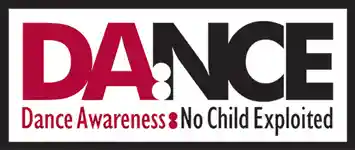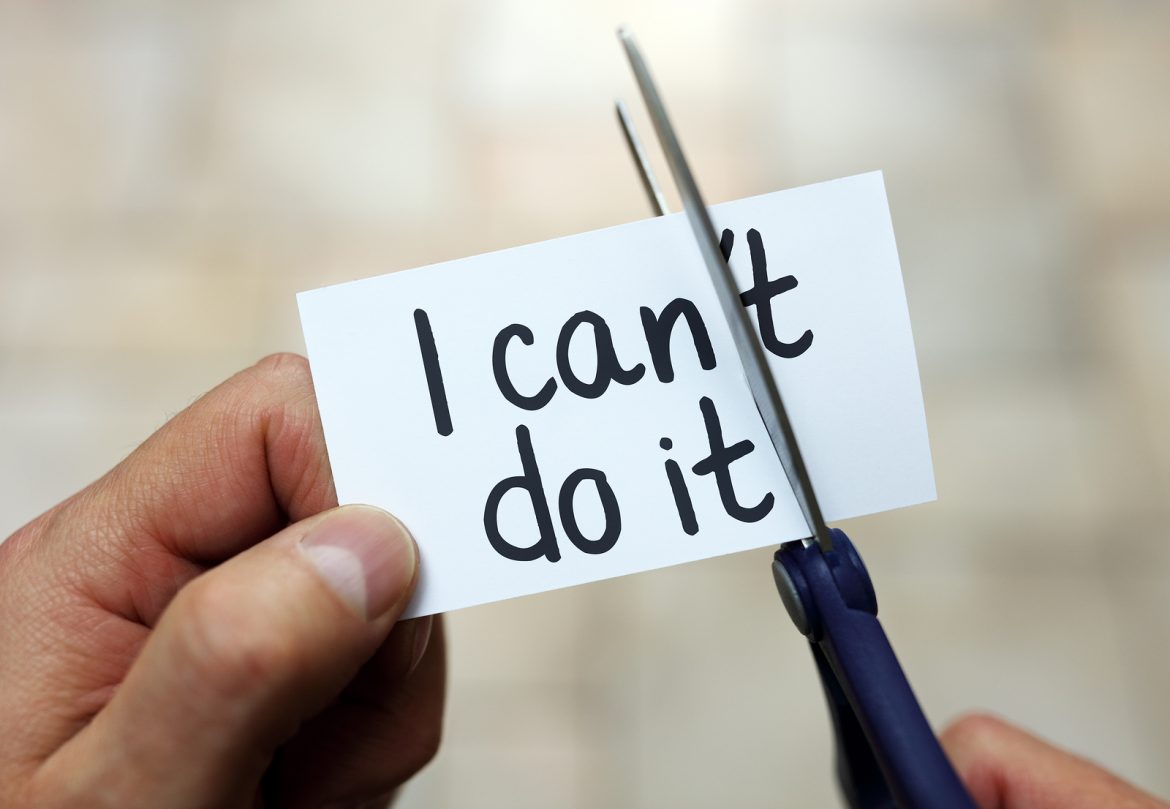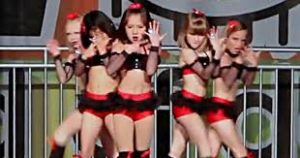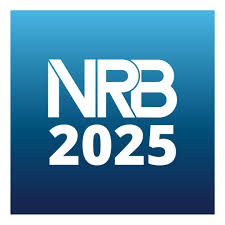Last month I described what to look for in a healthy, age-appropriate dance studio. Now I’d like to travel in the other direction and discuss what defines dance that harms children. Let me refresh your memory. When I use the words harmful dance, I am referring to dances for children that are hyper-sexualized with adult costumes, choreography and music. It’s unhealthy dance. If you didn’t read last month’s blog, take a minute to read the APA report on the sexualization of girls to discover the negative outcomes that accompany sexualized movement for children.
First, it should be obvious that all dance studios are not created equal. You, the parent or concerned adult, must investigate a particular studio and determine if it promotes healthy, age-appropriate movement with defined, educational goals versus unhealthy, age-inappropriate movement. To help you assess what is harmful, look at the following definition of age-appropriate dance movement from the definition developed by Y.P.A.D. (youth protection advocates in dance) in a booklet entitled ‘Tools Not Rules’ (This article contains only one section of the full definition of ‘Age-Inappropriate’ Movement and choreography).
Movement and choreography for children is ‘Age-Appropriate’ if it doesn’t:
- Contain sexually suggestive moves such as twerking, sexualized ‘booty pops’, lip-licking, finger licking/sucking, breast or groin stroking, patting or pointing towards breast or genitalia, or lip pouting that promotes a sexual tone.
- Mimic obscene gestures, drug or alcohol use, or gang activity (ie flashing ‘gang’ symbols, middle finger, licking the hand and grabbing the crotch).
- Include sexually suggestive grinding, humping the floor, sexually straddling a prop (like a chair), back arches with bottoms to the audience in a suggestive manner.
- Use props that are sexually suggestive or meant to depict violence (whips, chains, guns or knives) unless they are part of age-appropriate story-telling (Pirates of the Caribbean etc).
- Stage the dancers in a row touching each other and then rolling their bottoms or gyrating their hips in a sexually suggestive way.
- Spanking themselves or another dancer on the bottom or running their hands up another dancer’s body in a seductive manner.
- Crotch drops in a deep plie with knees and feet turned out, either by itself or multiple bouncing while engaged low on the floor.
- Contain artistic concepts or themes with sexual connotations or references to drug or alcohol use (such as ‘partying at the club’)
- Contain expressions that connote an ‘invitation’ on the part of the audience to view the dancer as a sexual target (ie ‘come hither’ looks, winks, long gazes and provocative stares directly into the eyes of the judges or audience members).
By the way, to help your investigation, use the internet to view videos on specific dance websites that you are considering. Evaluate the choreography, costumes and music. Look for clear visual evidence of healthy, age-appropriate movement experiences versus unhealthy, harmful dance. Another tip. Make sure and attend the June dance recital of a studio you are considering prior to enrolling your child. Do you see any of the sexualized movements that are described above or modeled in this link? If you recognize age-inappropriate dance, do you understand that what you are viewing is not the art of dance but the hyper-sexualization of children? Left unchallenged, hyper-sexualization normalizes movement trends that are not normal. Last, look on dance awareness.com and view the 30 minute R rated power-point video that will give you in depth information from experts other than me about this harmful context in dance. Now look below to read insightful comments from concerned adults to help you discern the difference between healthy and unhealthy dance:
“Dance studios are utterly unregulated–teachers may not be trained at all and they may even be doing physical and emotional harm. Parents don’t always understand how carefully they need to pay attention to what is going on…….”
“As a dance teacher myself, I feel it’s mainly choosing the correct dance teacher for your children which parents shouldn’t need to do as all teachers should be qualified. Unfortunately, there is an immense amount of unqualified dance teachers out there who don’t know what they are doing. It gives dance teachers a bad reputation.”
“I am dealing with this issue right now with my 6 YO daughter, who is taking a hip-hop class at a very large studio that offers all types of dance. I’ve been horrified to watch the costumes that are being pushed upon these young girls — Daisy Dukes, bare midriffs, etc. Even the recital book is horrifying — a catalog of little girls dressed like strippers in often provocative poses, available for purchase by anyone in the community for $15.”
“I feel it’s important to not only ascertain the credentials of the instructor but also to determine the attitudes of the dance studio. I have, in the past, moved my family member from a studio where this was viewed as acceptable and specifically avoided another studio (which otherwise had strong instructors) for these reasons. Our children are exposed to sexualization far too early in their lives as it is. Please, let children be just that!”
“We switched studios when my 4 year old was expected to wear a ‘hair fall’ (a fake acrylic curly ponytail) for her dance numbers. I told the teacher “yeah, no…. I’ll just curl her hair.” But I was disturbed that we were expected to not only paint them up in makeup but also add fake hair.”
Hey, dance team, let’s stop the hypersexualization of children in dance so that children experience the beauty of body movement alongside the art of dance. Be courageous and care. To get more information, can I encourage you to join the dance awareness coalition?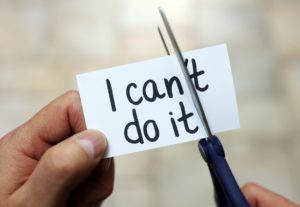 By the way, next month I’ll write about how you can approach a dance studio owner to educate them about this issue. Believe it or not, some dance studios have bought into this cultural trend without thinking it through; they may not know about the research behind this perspective.
By the way, next month I’ll write about how you can approach a dance studio owner to educate them about this issue. Believe it or not, some dance studios have bought into this cultural trend without thinking it through; they may not know about the research behind this perspective.
Until then……
